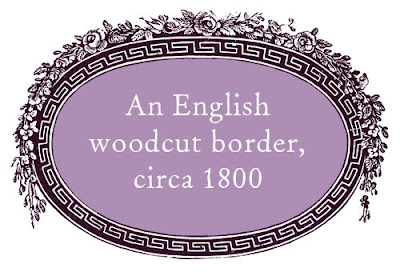 |
| Photo by Lubomir Pořizka | The Palaces of Prague, Zdeněk Hojda and Jiří Pešek | 1994 |
This handsome key is from the ceiling of Villa Lanna, in Prague. The villa was built in the 1860s and today houses the Academy of Sciences.
 |
| Pavlovsk Palace | Wikipedia Image |
This key comes from a frieze in the Pavlovsk Palace, built by Paul I of Russia in the 1780s, near St. Petersburg.
 |
| Photo: Erich Lessing | Karl Friedrich Schinkel, An Architect for Prussia | Barry Bergdoll, 1994 |
This is a detail of a bronze door designed by Karl Friedrich Schinkel for the entrance to the Bauakademie (architectural academy), in Berlin. The academy was built 1831-36, and was demolished in the 1960s, however the door was saved. Below you can see how closely the door compares to its corresponding part in Schinkel's original design.
 |
| Photo: Erich Lessing | Karl Friedrich Schinkel, An Architect for Prussia | Barry Bergdoll, 1994 |
 |
| housebeautiful.com |
A chair of leather and brass from Williams-Sonoma incorporates the Greek key.
 |
| The Oxford History of Classical Art | John Boardman, 1993 |
This complicated key is Etruscan, and comes from the pediment of a temple at Pyrgi. Pyrgi was an ancient Etruscan port in central Italy, now Santa Severa. Stare at the key that I've reconstructed, and five square diamonds will appear.
.










No comments:
Post a Comment